Market Share
Acrylic Acid Market Share Analysis
Within the dynamic landscape of the Acrylic Acid market, companies employ various market share positioning strategies to establish a competitive edge and thrive in the industry. One fundamental strategy is product differentiation, where companies strive to distinguish their acrylic acid products from competitors by emphasizing unique features such as purity levels, production methods, or applications. This differentiation allows companies to attract customers seeking specific attributes, contributing to a robust market presence.
Cost leadership is another pivotal strategy within the Acrylic Acid market. Some companies focus on becoming low-cost producers, aiming to offer competitive pricing without compromising on product quality. Achieving cost leadership often involves optimizing manufacturing processes, sourcing raw materials efficiently, and investing in economies of scale. This strategy is particularly effective in appealing to price-sensitive industries, allowing companies to capture a significant market share by providing cost-effective yet high-quality acrylic acid products.
Market segmentation is a key aspect of positioning strategies in the Acrylic Acid market. Companies analyze diverse industry needs, including adhesives, superabsorbent polymers, and coatings, and tailor their acrylic acid products accordingly. By catering to the specific requirements of each segment, companies can effectively target their offerings, enhancing customer satisfaction and solidifying their position within distinct markets.
Collaboration and partnerships play a crucial role in market share positioning in the Acrylic Acid industry. Companies often form strategic alliances with suppliers, distributors, and end-users to streamline the supply chain, gain access to new technologies, and expand their market reach. Collaborative efforts enable companies to leverage complementary strengths, share resources, and collectively address challenges, resulting in a more robust market presence.
Continuous innovation is imperative for success in the Acrylic Acid market. Companies invest in research and development to introduce new formulations, improve production efficiency, and explore novel applications for acrylic acid. Innovations may focus on enhancing the environmental sustainability of production processes, developing new acrylic acid derivatives, or adapting products for emerging industries. Staying at the forefront of technological advancements ensures that companies remain competitive and adaptable to changing market demands.
Effective marketing and branding initiatives contribute significantly to market share positioning. Establishing a strong brand image, emphasizing the versatility and eco-friendliness of acrylic acid products, and highlighting sustainable and ethical practices in production can influence buyer perceptions. Targeted marketing campaigns create awareness among industries relying on acrylic acid, fostering customer loyalty and attracting new clients.
Global expansion is a strategic move employed by companies to secure a larger market share in the Acrylic Acid market. As demand for acrylic acid extends beyond regional borders, companies explore opportunities in international markets. Adapting to global regulations, understanding diverse cultural preferences, and addressing market dynamics in different regions allow companies to expand their presence globally, tapping into the growing demand for acrylic acid.

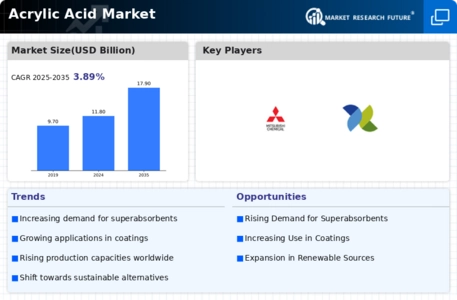

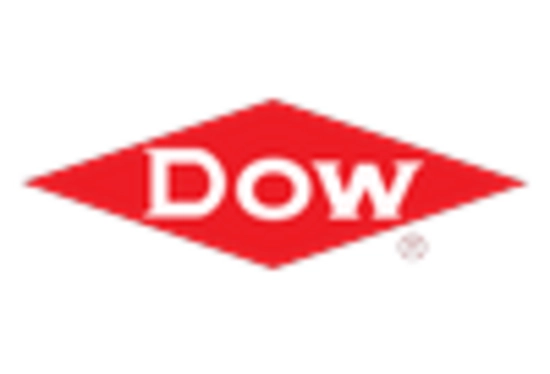
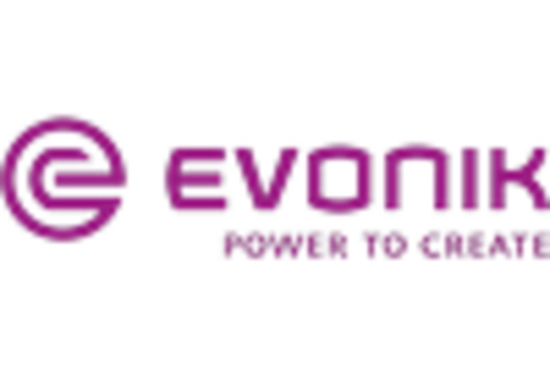
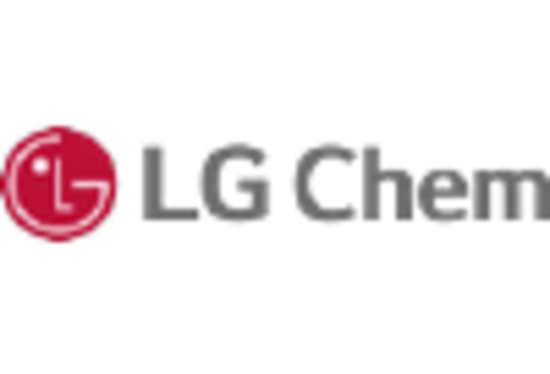
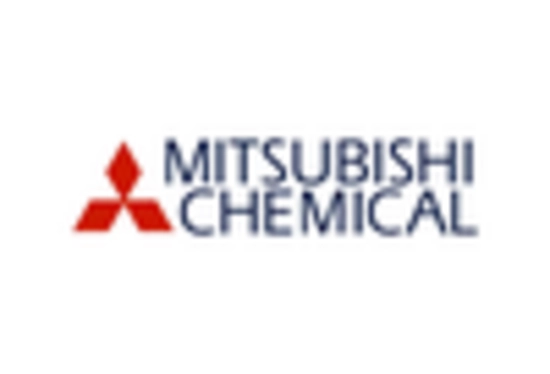
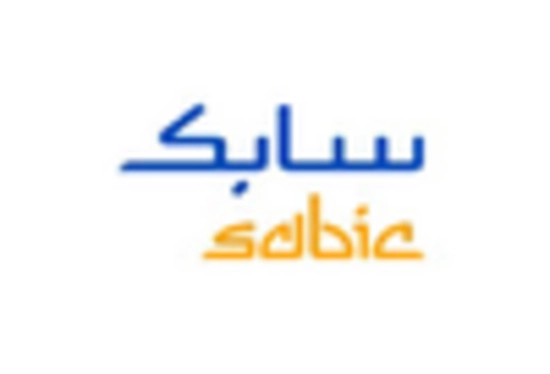









Leave a Comment